
Episode #693
May 14, 2022
Last month i was camping in Joshua Tree National Park with some old high school friends.
We meet on Zoom every Monday for 40 minutes since we live in disparate locations. The Zoom helps us all to stay close.
Don Taco is a washtub bass musician and writer. He tells a good story. His van is optimized for camping and exploration. He will always choose the road not taken.
Joe is a retired chemist who loves woodworking, kaiaking and camping. His van is also tricked out for camping which he does often with his wife. Joe tells a good joke.
i have known both of them for more than 50 years. Taco lives in Oregon and Joe lives in Santa Barbara, so I don’t see them in person too often.
We are very different people, but share a common bond.
We booked camp sites next to each other so we could circle up our RVs. The Joshua trees towered 30 feet above us with young Joshuas below at 4 to 6 feet.
The bloom this year must have been magnificent. Some of the white flowers remained, but almost all the trees had the seed pod fruit that follows the flowers.
We friends coexisted in our little camping circle. We shared meals, told stories and caravanned through the National Park. We followed each other along wilderness trails and into Hidden Valleys. While driving down 29 Palms Highway we had to stop at the Wine and Rock shop because there was an alien standing outside. We did not have to discuss it. We just stopped in.
On a suggestion to find some adult beverages we agreed on a local dive tavern that turned out to have some pretty good drinks and burgers. We had fun schmoozing the waitress and telling more stories. Coexistence among friends is a cooperative and interactive state of being.
We old friends got along just fine, but the ultimate example of coexisting was above soaring 30’ above us at the campsite.
Joshua trees are an unlikely accident of nature.
The vary existence of a Joshua tree is a codependence between the plant and a moth. The flowers of a Joshua tree have no nectar. Because of this the plant does not attract pollinators. The Yucca moth purposely uses its tentacle-like mouth fronds to move the Joshua pollen onto the female part of the flowers.
Without the Yucca moth the Joshua cannot produce seeds. There are no other pollinators for the Joshua tree.
Why does the Yucca moth help the Joshua tree to reproduce?
Because it lays its eggs on the Joshua seeds. The seeds are the moth caterpillars’ only source of food. When sufficiently nourished the caterpillar crawls down to the ground where it forms a cocoon.
The Yucca moth cannot exist without a fertilized Joshua tree.
This coexistence is more aptly a co-evolution. The tree and the moth are so perfectly matched that the distance between the stigma (which holds the pollen) and the ovule (which becomes the seed) of the Joshua flower is exactly the same length as the the head to abdomen of the moth.
Other animals aid the Joshua tree. Antelope squirrels hoard the seeds and in doing so spread the seeds to grow more plants. Some animals use the Joshua tree for shelter, such as woodpeckers, woodrats and jackrabbits.
Humans have used Joshua tree leaves to make baskets and sandals. The trunks and branches have been used to make bowls and paper. Native Americans eat the flower buds, seeds and fruit.
A more mystical use of the Joshua tree is its symbols of strength, endurance, new beginnings (in its branching style), progress and abundance.
The mythical and spiritual aspect of Joshua tree communing creates a greater understanding of the human condition.
Coexistence is not just an evolutionary state. It is a state of mind.


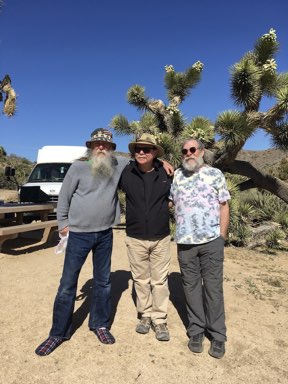
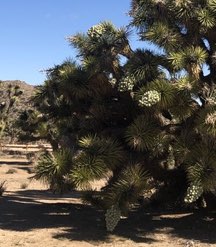
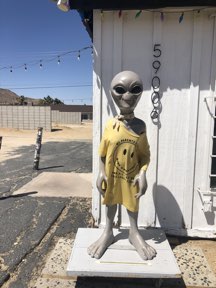
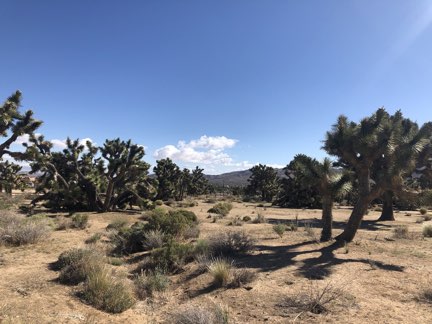
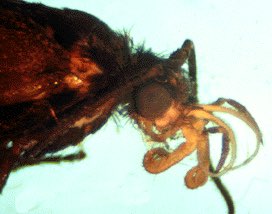
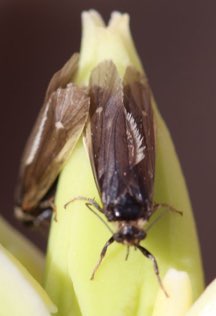
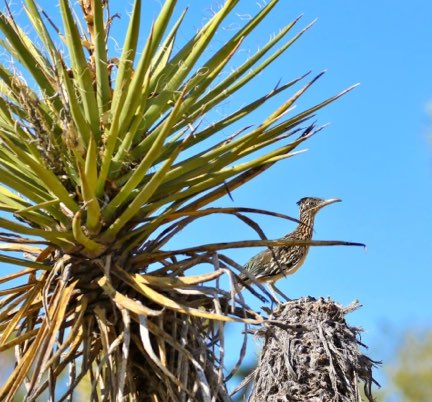




Another jewel of knowledge and sharing
your life’s adventure. Thank You.
Very interesting. Thank you.